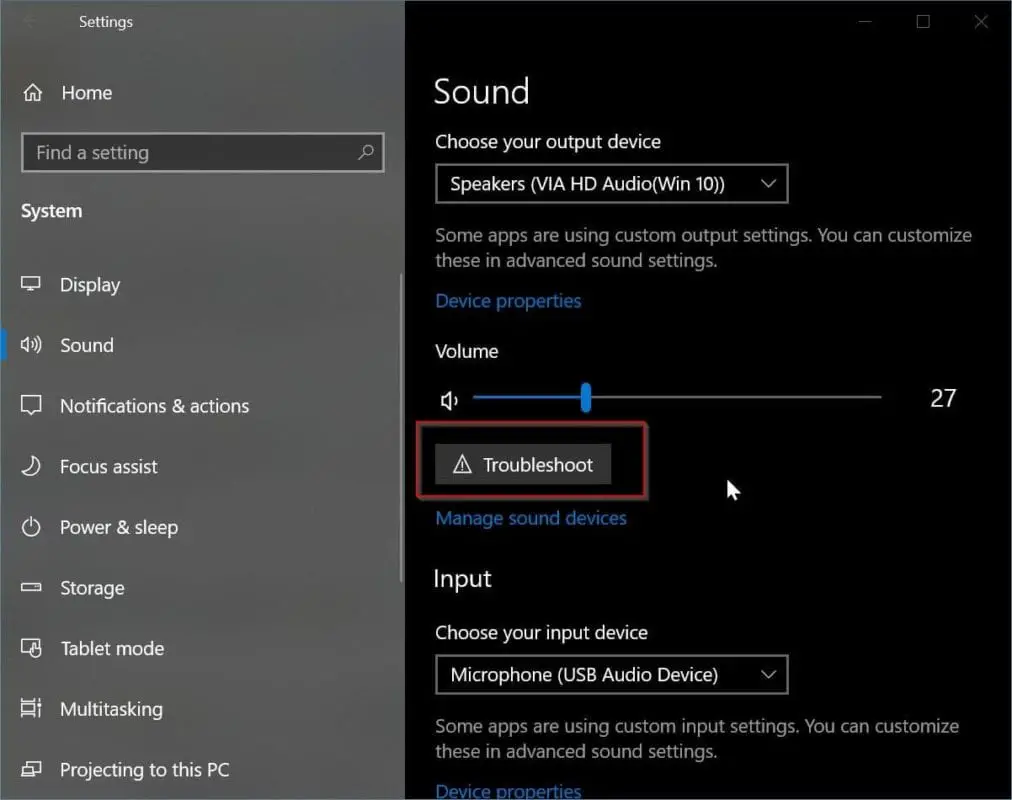

If a value is found in the registry, then the driver sets that value to the minimum, if it falls below the minimum value supported by the amplifier. Perform a registry lookup to see if a volume or microphone boost default value has been provided for the pin complex found in step 1. The following steps summarize the algorithm that is used by the Audio Class driver to determine the default values to return in response to a GET request for KSPROPERTY_AUDIO_VOLUMELEVEL:ĭetermine the pin complex at which the path containing the queried volume node terminates.
#Audio overload for windows windows
Starting with Windows Vista, the default values are as follows:Įndpoint volume defaults to max minus 6 dB for all device types. If there's no value in the registry, the HD Audio class driver retrieves a default value from the sub-device graph implementation. If there's a value in the registry, but there's no previously cached value, the default value in the registry will be applied to the device, and also returned in the KSPROPERTY_AUDIO_VOLUMELEVEL response.

When the HD Audio class driver receives a GET request for KSPROPERTY_AUDIO_VOLUMELEVEL, the driver determines whether or not there's a default volume (or Mic boost) value in the registry for the path that contains the node that received the request. The levels are expressed as DWORDs that represent the default kernel streaming (KS) decibel levels that the class driver should return. To specify a custom audio volume level or microphone boost level, use the wrapper INF file to specify custom levels per pin complex ID. The pin complexes represent the physical connectors for the associated device (for example, speaker, mic, or line). There are IDs for the individual nodes, and IDs for the pin complexes. The following diagram shows a sample HD Audio codec topology. The mechanism for overriding the Audio Class driver's hard-coded values involves writing an INF file that wraps the Audio Class driver's inbox INF file (hdaudio.inf), and using this wrapper INF to specify the desired values. The Audio Class driver has been redesigned to allow you to override the hard-coded default values. And one of the most important settings to adjust is the volume level, as users are sensitive to the loudness or quietness of their audio systems, especially during first-time use. As such, OEMs aren't able to override these values to meet their own requirements. The HD Audio class function driver, which is referred to here as the Audio Class driver, uses various hard-coded default values that can't be customized for any particular PC. The process described here can only be used if the default Microsoft HD Audio driver is being used.īy default, the HD Audio class function driver sets the audio volume and the microphone boost levels at predetermined values to ensure a pleasant "out of the box" experience for the user.


 0 kommentar(er)
0 kommentar(er)
